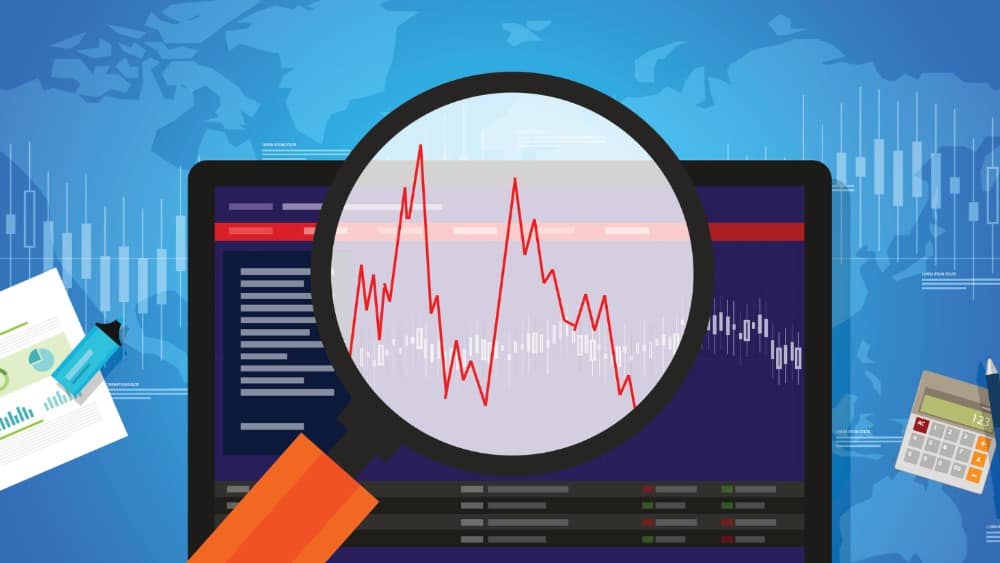It’s what we’re all wondering right now. After falling 10.8%, the TSX started to recover on May 12 after falling from highs on March 29. But is it going to fall again? Or is this the recovery we’ve been waiting for?
There is literally no way we can predict what will happen on the TSX — not when the market correction will completely recover; not whether there will be rebounds and falls; nothing. However, we can look at the last few market corrections and see what happened on the TSX back then.
Perhaps Motley Fool investors can use this as some guidance to their investments. And if anything, it will certainly give you some confidence that this indeed will one day come to an end.
2018
I’m going to skip over the March 2020 crash, because that was related to the pandemic. Instead, I’m going to zero in on the 2018 market correction. After reaching highs in July 2018, shares on the TSX started to fall. The first was by 6% by October 2018. There was then a slight recovery going into November, until the big drop in December.
This is when the official market correction hit. Shares fell below the market correction line of 10%, and dropped all the way down to about 15% from July highs. Here, we can see that while there were a few dips on the way, it wasn’t until the official correction that shares started to climb back up. By April 2019, the TSX was back at pre-correction highs.
2016
The market correction before 2018 was far rougher. We saw shares at peak prices in August 2014 followed by a fall of again 6% by October 2014. Shares then slowly started to climb back between October 2014 and February 2015, but this is when things got really hairy. Between April and September 2015, shares fell by 13%, marking a market correction.
While shares came up slightly, by October, another fall came that went into 2016. By January, the TSX bottomed out, marking a total market correction of about 18% between the highs of August 2014 and the low of January 2016. But from there, shares only went up, reaching those August heights by April 2017. Still, this was a long, drawn-out market correction that lasted years.
2012
Before that we had the market correction of 2012, which was the first drop after the Great Recession of 2009. After the TSX hit highs in February 2011, they started to drop, all the way until September 2011. That market correction was over 20% between those few months. But again, it wasn’t over yet.
There was a recovery through to February 2012 followed by another fall. By May 2012, shares were down again by about 10% in the same year and 20% from September 2011. Shares did trend upwards, though there was a significant dip of 5% between February and June 2013. But by February 2014, shares passed 2011 levels and kept climbing.
What can we learn from this?
These market corrections can last years. Analysts believe that there will likely be a “mild” correction or even recession this time around. But for now, it’s been seven months. We could be in for more drops along the way.
That being said, it seems that there is usually only one big correction, and the rest are less than that 10% mark. Shares have been unstable since August 2021. We had several dips followed by this last one of 10.8%. But we could have a few more before we see a full-on recovery.
If you want protection, right now is a great time to pick up exchange-traded funds like BMO Covered Call Canadian Banks ETF (TSX:ZWB). It offers exposure to the Big Six banks, which historically recover faster than other stocks on the TSX. You get a 5.31% dividend yield and extra returns thanks to call options.
Foolish takeaway
You don’t have to panic. Market corrections come and go, as we’ve seen over the last decade or so. But overall, the markets go upwards. No matter when you invest, if it’s a strong company, you’ll see your shares return to normal. History says so.








